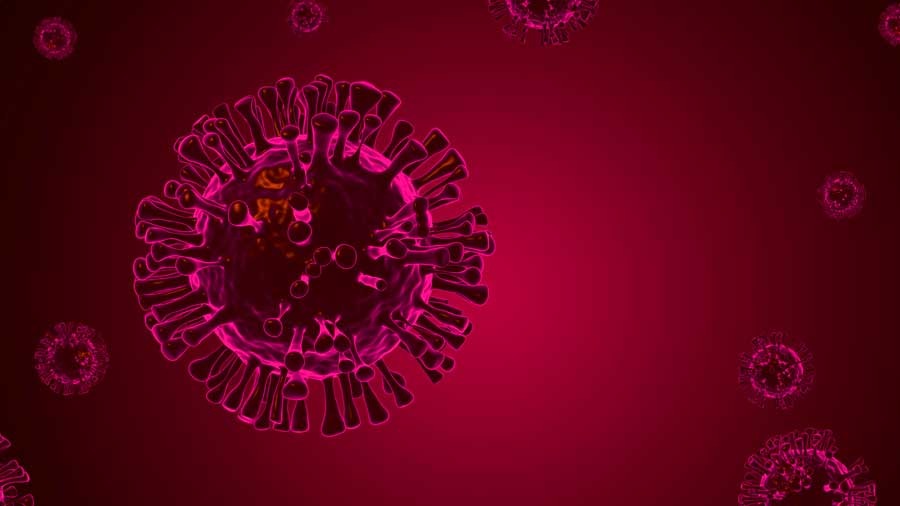Newer variants of the coronavirus like Alpha and Delta are highly contagious, infecting far more people than the original virus. Two new studies offer a possible explanation: The virus is evolving to spread more efficiently through air.
The realisation that the coronavirus is airborne indoors transformed efforts to contain the pandemic last year, igniting fiery debates about masks, social distancing and ventilation in public spaces.
Most researchers now agree that the coronavirus is mostly transmitted through large droplets that quickly sink to the floor and through much smaller ones, called aerosols, that can float over longer distances indoors and settle directly into the lungs, where the virus is most harmful.
The new studies don’t fundamentally change that view. But the findings signal the need for better masks in some situations, and indicate that the virus is changing in ways that make it more formidable.
“This is not an Armageddon scenario,” said Vincent Munster, a virologist at the National Institute of Allergy and Infectious Diseases in the US, who led one of the new studies. “It is like a modification of the virus to more efficient transmission, which is something I think we all kind of expected, and we now see it happening in real time.”
Dr Munster’s team showed that small aerosols travelled much longer distances than larger droplets and the Alpha variant — or B.1.1.7, first identified in Britain — was much more likely to cause new infections via aerosol transmission. The second study found that people infected with Alpha exhaled about 43 times more virus into tiny aerosols than those infected with older variants.
The studies compared Alpha with the original virus or other older variants. The results may also explain why the Delta variant is so contagious — and why it displaced all other versions of the virus.
New York Times News Service











